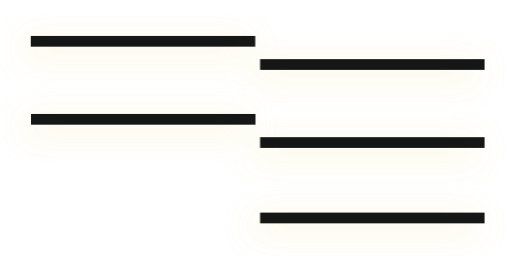It is a collection of equipment that is used to generate electricity from renewable sources such as the sun, water, air, etc. Here, we have listed all the common types of renewable energy system for households.
Common Types of Renewable Energy System
Other Types of Renewable Energy System
Solar Energy System (सौर-ऊर्जा प्रणाली)
It is a collection of equipment that is used to generate electricity from sunlight.
Main components of Solar Energy System:
• Solar Panel: It is a collection of photovoltaic cells and used to convert sunlight into electric current (D.C.).
• Inverter: It is an electronic device that is used to convert direct current (D.C.) into alternating current (A.C.) and can also charge a battery.
• Solar Charge Controller: It is a handheld electronic device that is used to charge a battery using an electric current supplied by solar panel(s).
• Battery: It is used to store electric charge supplied by solar panel(s) or inverter.
Wind Energy System (वायु-ऊर्जा प्रणाली)
It is a collection of equipment that is used to generate electricity from wind force.
Main Components of Wind Energy System:
• Wind Turbine: It is an electro-mechanical device that consists of blades (attached to a rotor) and an alternator. It is used to convert wind's kinetic energy into electricity.
• Alternator: It is an electro-mechanical device that converts mechanical energy into electricity.
Water Energy System (जल-ऊर्जा प्रणाली)
It is a collection of equipment that is used to generate electricity from water pressure.
Main Components of Wind Energy System:
• Water Turbine: A water turbine is an electro-mechanical device that consists of blades (attached to a rotor) and an alternator. It is used to convert the kinetic energy of water into electricity.
• Alternator: It is used to convert mechanical energy into electricity.
Geothermal Energy System (भू-ऊर्जा प्रणाली)
In a geothermal energy system, fluids are converted into vapour using a natural heat source (usually below the surface). The vapour is then used to drive a steam turbine and subsequently an alternator.
Types of Geothermal Energy System:
• Dry Steam: In a dry steam energy system, the high-pressure vapour or steam (comes from underground pipes) directly drives the steam turbine and subsequently an alternator.
• Flash Steam: In a flash steam energy system, the high-pressure vapour or steam is first pumped into a low-pressure tank (which helps to vaporize 'remained fluid particles' instantly) then into the steam turbine chamber which drives the turbine and subsequently an alternator.
• Binary Cycle Energy System: In a binary cycle energy system, two different fluids pass through different pipes within a heat exchanger. The first fluid gets heated from an underground heat source while the second fluid of low boiling point converts into steam by heat transferred from the first fluid (within the heat exchanger).

